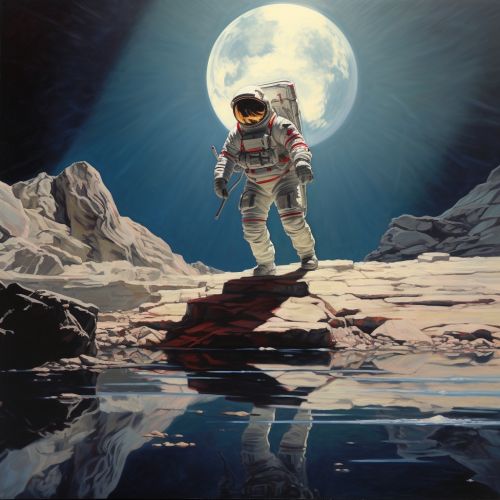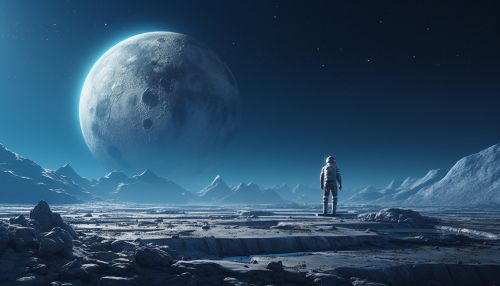Apollo 11
Mission Background
Apollo 11 was a significant milestone in the history of space exploration, marking the first time humans set foot on an extraterrestrial body. The mission was the culmination of NASA's Apollo program, which was initiated by President John F. Kennedy in 1961 as a response to the Soviet Union's early successes in space exploration.


Mission Overview
Launched on July 16, 1969, from the Kennedy Space Center in Florida, Apollo 11 carried three astronauts: Neil Armstrong, Buzz Aldrin, and Michael Collins. The spacecraft was composed of two main sections: the command module, named "Columbia", and the lunar module, named "Eagle". The command module, piloted by Collins, remained in lunar orbit while Armstrong and Aldrin descended to the lunar surface in the Eagle.
Lunar Landing
The lunar module landed in the Sea of Tranquility, a relatively flat and smooth area, on July 20, 1969. Neil Armstrong became the first person to step onto the lunar surface, followed by Buzz Aldrin. During their time on the moon, the astronauts conducted experiments, collected lunar soil and rock samples, and planted the American flag.
Return to Earth
After spending approximately 21.5 hours on the lunar surface, Armstrong and Aldrin rejoined Collins in the command module. The spacecraft left lunar orbit on July 22 and returned to Earth on July 24, splashing down in the Pacific Ocean. The astronauts were recovered by the USS Hornet and were placed in quarantine for 21 days as a precautionary measure.
Legacy
The Apollo 11 mission had a profound impact on the world, demonstrating the technological prowess of the United States and marking a significant achievement in human exploration. The mission's success paved the way for further lunar exploration with subsequent Apollo missions. The scientific data and lunar samples collected during the mission continue to be studied and have contributed to our understanding of the moon's geology and the history of the solar system.
